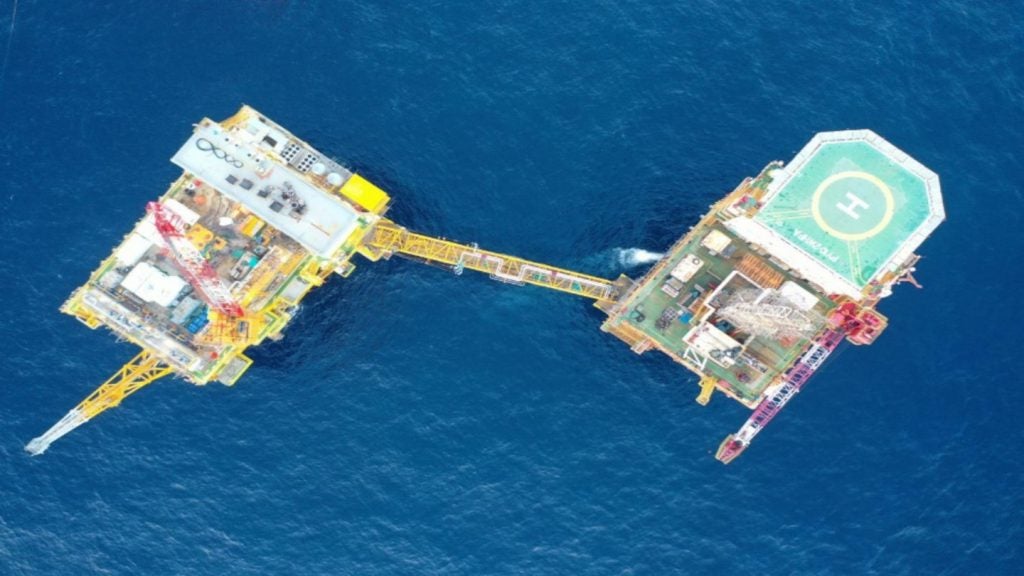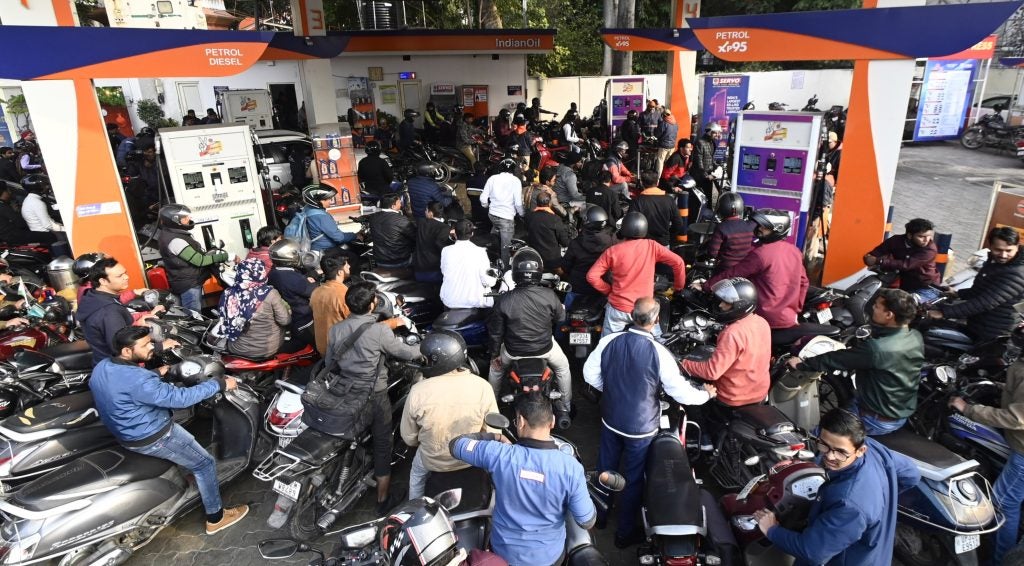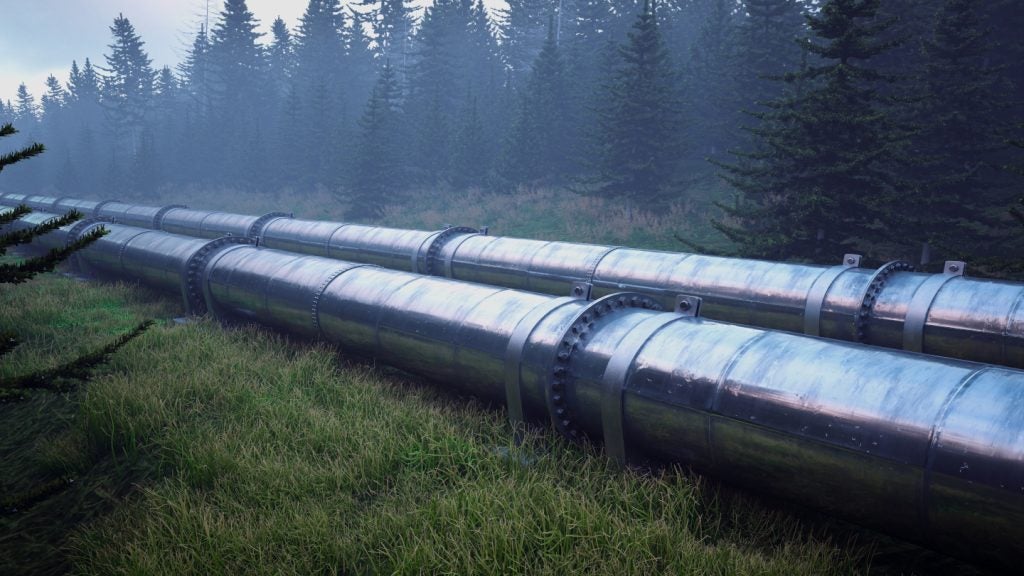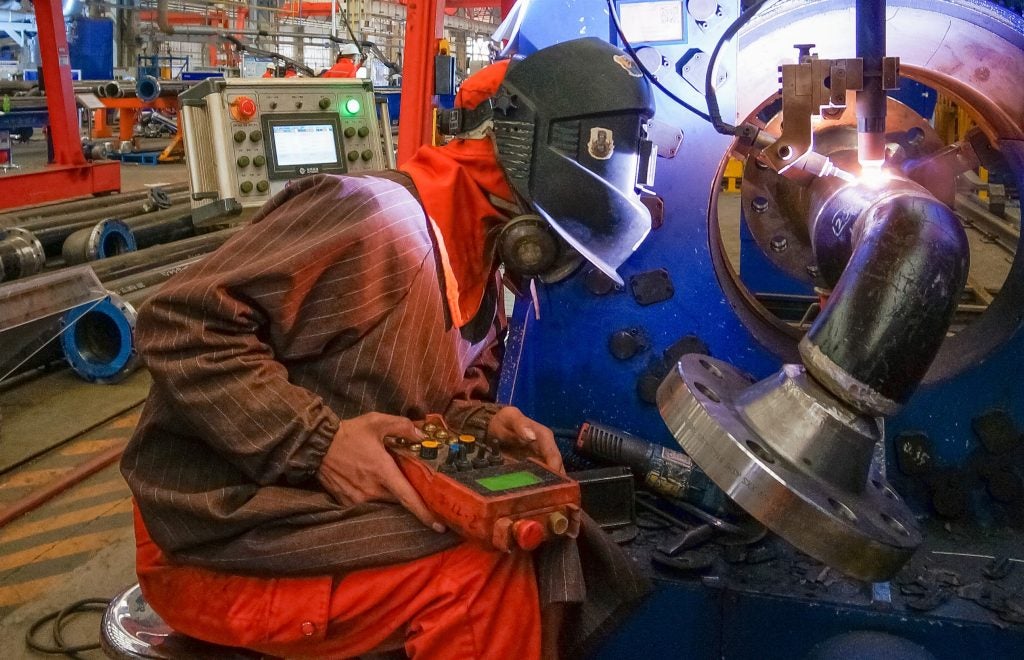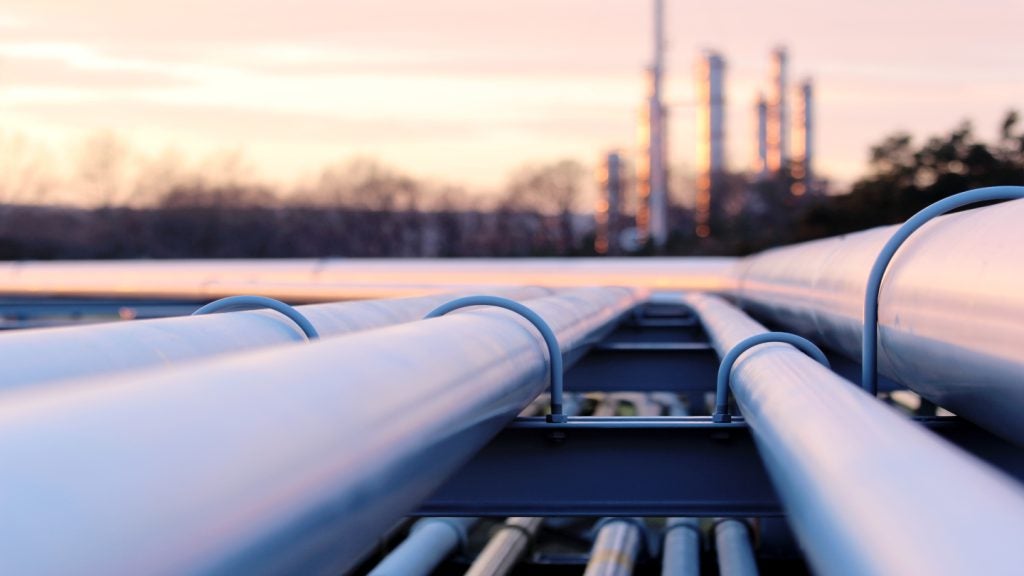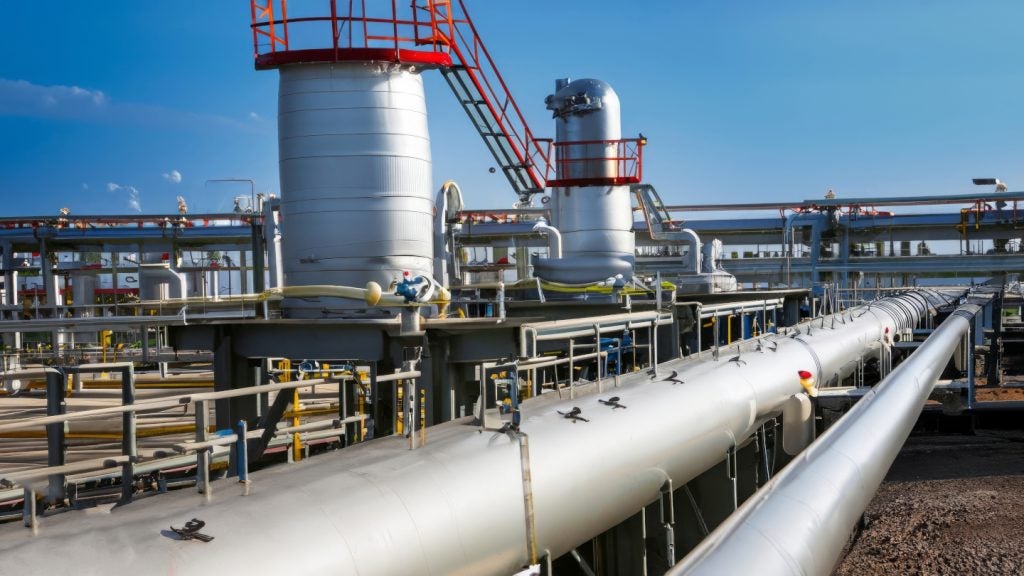CNOOC has commenced production at the Panyu 11-12, Panyu 10-1 and Panyu 10-2 oilfield adjustment joint development project.
Located in the eastern South China Sea, the project is located at an average water depth of 100m and includes a new wellhead platform and an unmanned wellhead platform, with 15 development wells planned.
The project is expected to reach peak production of 13,600 barrels of oil equivalent per day during 2025, with the oil property consisting of medium and heavy crude.
The project's unmanned wellhead platform has a typhoon production mode and a heavy oil intelligent processing system, designed to enhance production safety and operational efficiency.
The new wellhead platform is linked to the existing Panyu 10-2 platform via a trestle bridge, allowing shared facilities and equipment that reduce development costs.
Since its inception in 2003, the Panyu oilfield has produced more than 380 million barrels of crude oil and evolved into an intelligent oilfield cluster with digital, intelligent and unmanned operations.
CNOOC, which holds a 100% interest and is the operator of the project, is also advancing production in other areas.
In December 2024, CNOOC began production at the Jinzhou 23-2 oilfield in the northern Bohai Sea, expected to reach peak production of around 17,000 barrels of oil equivalent per day (boepd) by 2027.
The field, located at an average depth of 13m, features two new central processing platforms and a development plan with 67 wells, including 65 production wells and two water source wells.
Also, CNOOC started production at the Huizhou 26-6 oilfield development project, which is expected to reach peak production of around 20,600 boepd by 2027.
Located in the Pearl River Mouth Basin at an average depth of 110m, the project is fully operated and owned by CNOOC.


